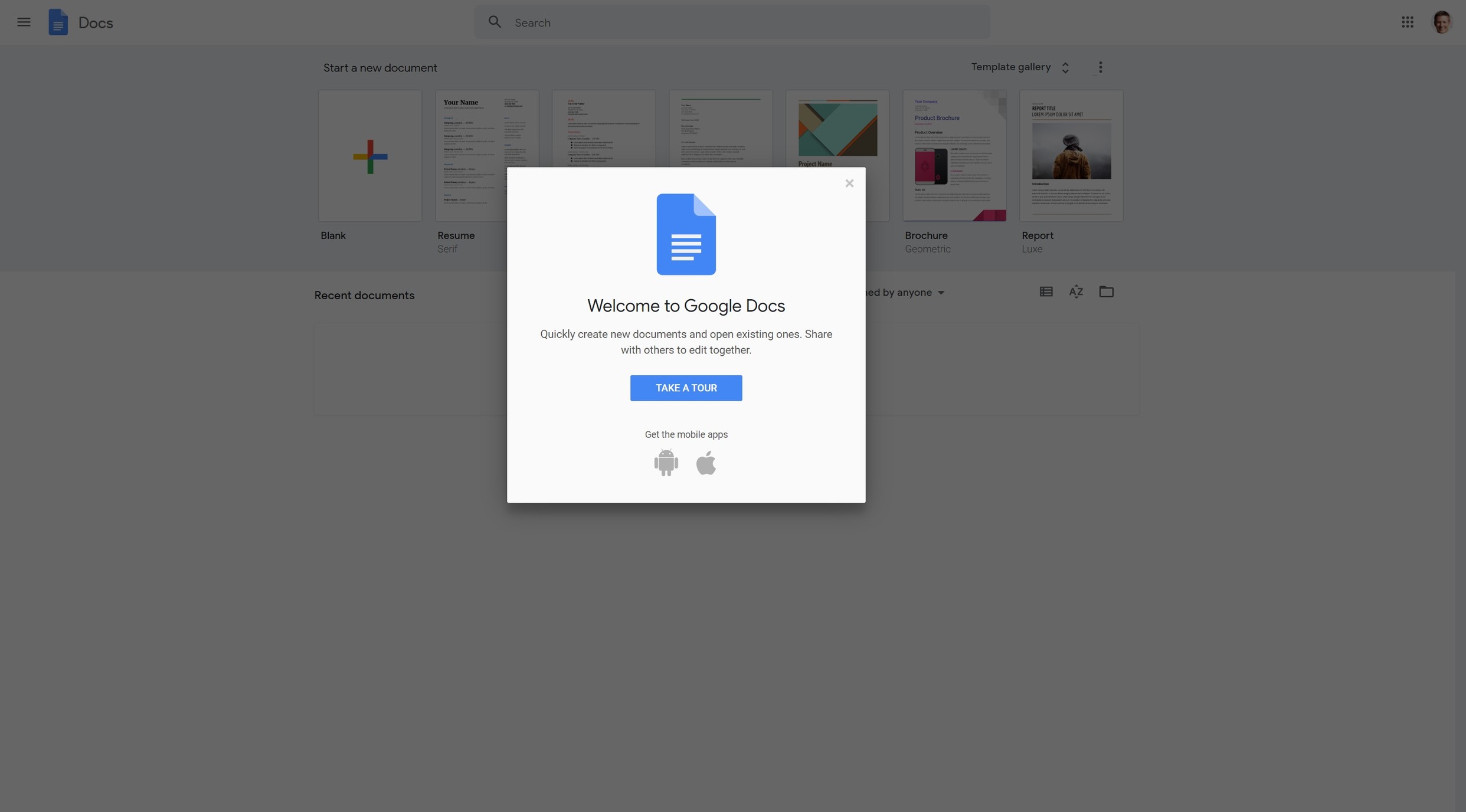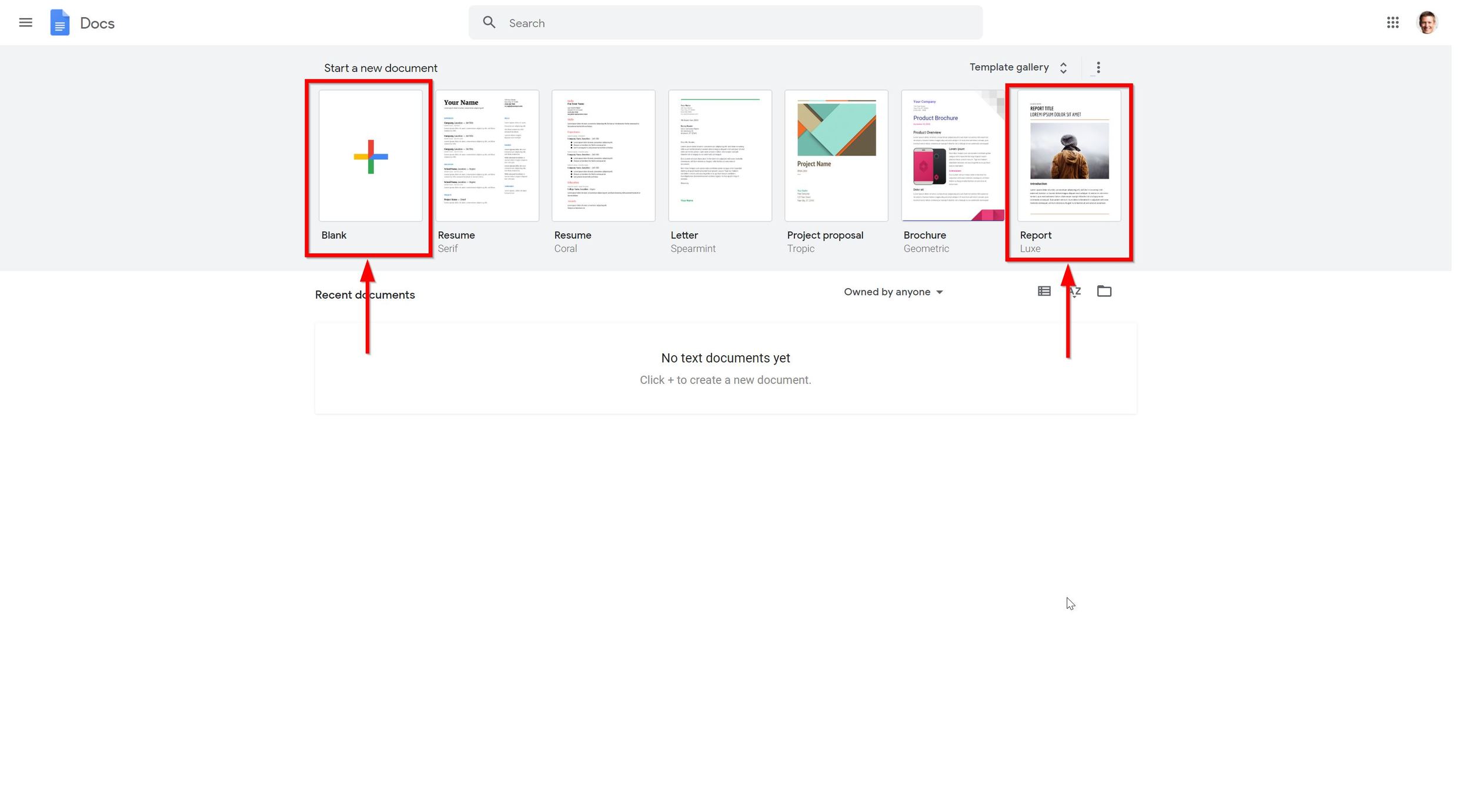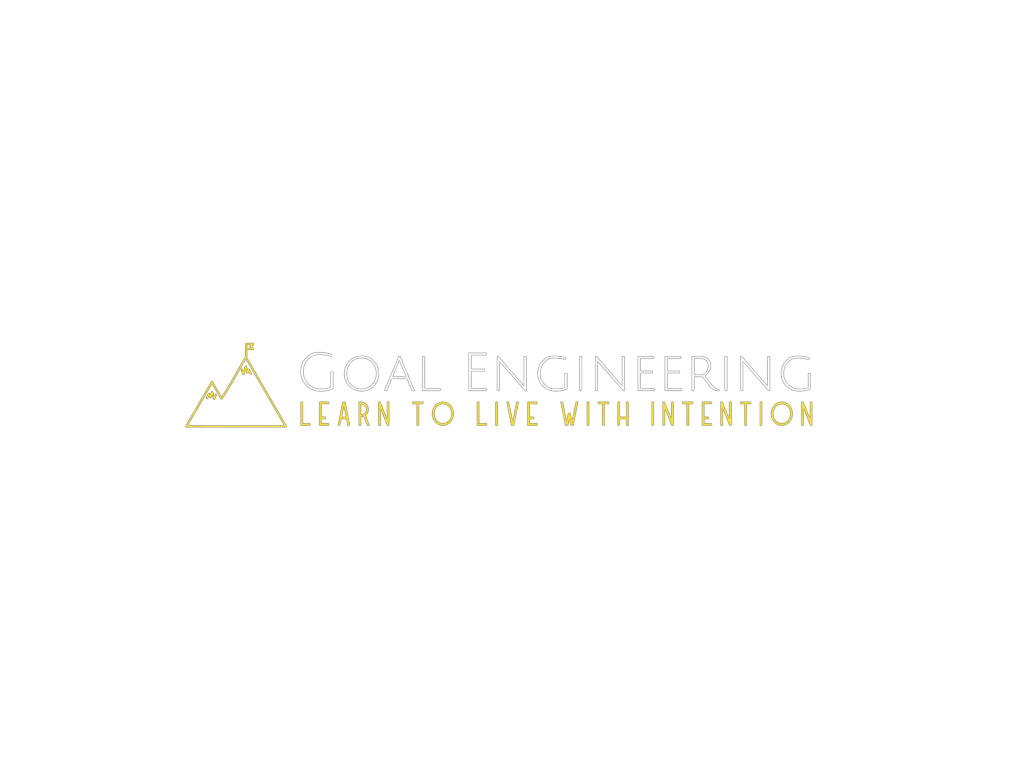I’ve been thinking a lot lately about how good it feels to set big goals. I remember clearly the moments when I realized I wanted to go to graduate school, run a half marathon, and start a blog. After achieving many of my own crazy aspirations, I want to teach you how to achieve yours.
To accomplish your big goals that inspire you, immediately write them down and how you’re feeling about them in a Google Doc. Then use that document to add research and make your plan of how you’ll accomplish them, including daily, weekly, quarterly, and yearly lead and lag indicators. And finally, commit to your goals by adding a start date for the daily actions that will get you there.
It’s not always easy because these goals seem so crazy huge that it’s hard to attach yourself to them before they blastoff. It’s like they have the power of a rocket to take you to new heights. The only problem then is learning how to hold on to them before they’re gone.
Each of these three steps is like the glue that will fasten you to to your rocket-sized goals. Let’s dive right in and take a closer look at the details of each of these components!
1. Write Your Big Goals Down
The first thing I do when I get excited about new ideas for big goals is to start a Google Doc to write it down. I do this for five reasons:
- I can free-write all my thoughts out to get all the inspiration in one place. Having this is a massive help for when my action steps get difficult and I need to reconnect with my vision.
- Every goal evolves as you learn more about it, and creating this space gives it room to do that without limits. It’s a place for me to keep all of the research and additional ideas that foster that evolution in the same place.
- I get the perfect place to hash out a plan to break it down into bite-sized daily and weekly pieces. This gives me a fighting chance at achieving it. I’ll get to this and the previous reason in step two in a moment.
- It makes sure I don’t lose my goal, plans, research, and vision for it on a piece of paper somewhere. I do sometimes brainstorm with pen and paper, but I always transfer those notes into a Google Doc.
- I can access my master plan on any device, whether it’s my phone or computer or even someone else’s if I need to. There’s also the handy option to make it available offline, which I use regularly.
The most crucial component of writing your big goals down is that you free-write everything you’re thinking and feeling about the goal. It’s vital to your success that you capture this upfront excitement so you can utilize it later when things aren’t so easy.
Because this step has been so vital to my success, and I want you to be successful too, here’s a quick guide to getting started with Google Docs.
How to Start a Google Doc
If you’re new to Google Docs, it’s almost the same as Word, but with different steps to create a new document:
- Click here to access Google Docs. You will need to sign in to your Google account first if you haven’t already. Once you sign in, you’ll be on one of two pages, but most likely it will be this one:

If you get to this one, you can either begin writing or click on the blue document icon in the upper left corner next to “Untitled document” to get to the main page for more options.
Then you’ll be on this page if you aren’t already:

You can take the tour if you think it would be helpful to you. Once you’re done, you’ll see the “Start a new document” and “Recent documents” as you can see behind the “Welcome to Google Docs” box in my screenshot above.
- Click on “Blank” to create a blank document, or choose one from the list of Templates. I’ve highlighted the Blank option and my personal favorite of the Templates in my screenshot below:

- Bookmark this document and place it in your bookmarks bar. Name the bookmark something exciting that captures the passion you’re feeling for your goal right now. I cannot stress enough how important this is! Without it, you’re almost guaranteed to lose your big goal doc!
- Free write! If you created the blank one, you can just go for it and edit later. I like the look of the Report template, and if you chose that one, you’ll just have to delete the template text and replace it with your own.
2. Research and Make a Plan for Your Big Goals
Almost every big goal that pops into your mind follows the same pattern:
- You see something that makes you consider going for a big goal.
- As you begin thinking about the big goal, you ask, “how do I do that?”
When I decided I wanted to run a half marathon, for example, I’d been thinking about it for months. But the next question was, “how?” The same was true for my goal of going to graduate school and starting a blog.
Research is so important because it lets you answer the “how” part. And this is where that document you created in step one will come in handy.
Usually, gathering information is messy. To help with this, on all my big goals docs, I have a section for “random notes to be sorted” that I can then add to different parts of the doc as I sort through them.
Some even get deleted, and that’s okay! In the beginning, you just want to gather and record as much information as you can find on the topic. If you find useful websites, you can also create a bookmarks folder to keep track of those or just add the links to your document.
If you aren’t sure where to start, just Google “how to [insert goal here]” and you’ll get a lot of great stuff to begin with. You can also search for “books on how to [insert goal here].”
How to Make a Plan for Your Big Goals
You also want to make a plan and put it in your master big goal document. Follow step two in my goal-setting how-to guide to see how to do it. Here’s a summary of what that article teaches:
- Identify the largest possible component of your goal. This involves becoming someone new, or changing your identity. For me, it was about becoming a runner, graduate student, and blogger.
- Break that goal down into quarterly chunks. One hack for this is working backward. If you want to make an extra $50,000 per year and want to do it within four quarters, that’s adding $12,500 to your yearly income each quarter. It’s easier to think of it in terms of adding income streams that amount to about $1,000 in monthly income.
- Divide your quarterly goal into weekly pieces. A quarter is 13 weeks, or 12, if you take a week off at the end like I do. So if you need to find a way to add an extra $1,000 worth of income streams to your monthly income each quarter, simply divide by 12 to find your weekly amount. That comes down to adding just over $80 of additional monthly income per week!
- Ask yourself what daily actions will lead to you reaching that weekly goal. For the money example, you’d probably pick something like sales calls made, or if you want to make money blogging, it would be posts written. For a weight loss goal, you’d choose exercising and tracking meals, for example.
To do this in your Google doc, just create sections for each of the four divisions and free-write again to fill them in. Then, go back and refine what you wrote to get your final plan.
3. Commit to Your Plan and Start Date
Commitment isn’t easy. The future is uncertain. You just don’t know how things will turn out.
The easiest way to make ourselves more likely to promise ourselves we’ll do something is to identify what’s stopping us.
When it comes to commitment to big goals, you stop because either you’re afraid of failure or you worry about it being the wrong goal.
But you won’t get any information on whether or not the goal is right for you, or how likely you are to fail at it until after you start trying to accomplish it.
As Earl Nightingale put it:
“The time will pass anyway; we might just as well put that passing time to the best possible use.”
If you start and find your lead and lag indicators to accomplish your goal are too much, change them! You can always cut your goal in half if it’s too hard. Accomplishing half is better than nothing at all.
I’ve done this dozens of times myself, and it never fails to amaze me how well it works.
Implementing a tracking system that includes a weekly review will help you analyze how a goal is going and whether or not you need to change it.
I’m constantly reflecting, with the help of my weekly review questions, on how to modify my goals to be just right for me. I can’t do this without starting them, but once I do, I have all the information I need to proceed with confidence.
As a wise friend once told me:
“Just begin”
Pick a Start Date
It’s much easier if you pick a set date to commit to and pump yourself up for it. And you’re more likely to succeed if it’s at the beginning of the month.
Researchers in one study looked at the difference between people who planned to start a goal on the last day of the month and those who did so on the first.
Those who began on the last day of the month made up more excuses and did worse.
In contrast, the first-of-the-month group was much more positive about accomplishing their goal, which made them far more likely to actually do it.
The same was true for a different experiment when the timeline was the beginning or the end of a week instead of month.
So if you want to give yourself the biggest motivational boost and chance of success, commit to starting your goal on the first of the month or a Monday!
Wrapping Up
It’s hard to grab hold of and hang onto the big goals that excite you. That’s because you know they will launch you to success like a rocket.
This is achievable, however, when you understand that writing them down in a Google Doc, making a plan, and committing to starting are the three steps that act as the glue that will attach you to them strongly enough that you stay with them.
I’ve used this process many times for many big goals. I did it when I wanted to go to graduate school, run a half marathon, double my income, and more.
I’m confident that these steps will make a massive impact on how well you do at catching those big dreams and making them happen!






